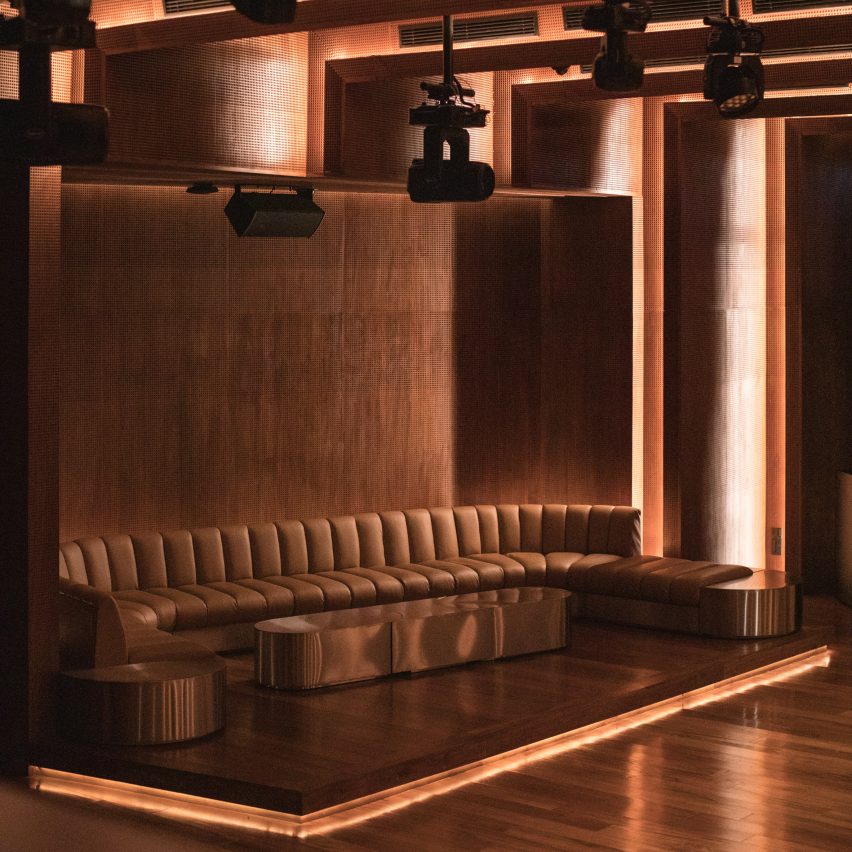
Architecture studio OMA has collaborated with DJ Harvey on a nightclub at the Potato Head resort in Seminyak, Bali, where optimised acoustics and a sprung dance floor elevate the experience for partygoers.
After completing the resort itself in 2020, OMA returned to work with the Potato Head Design Studio on the interiors for Klymax, which are acoustically treated to turn the entire dance floor into a “sonic sweet spot”.
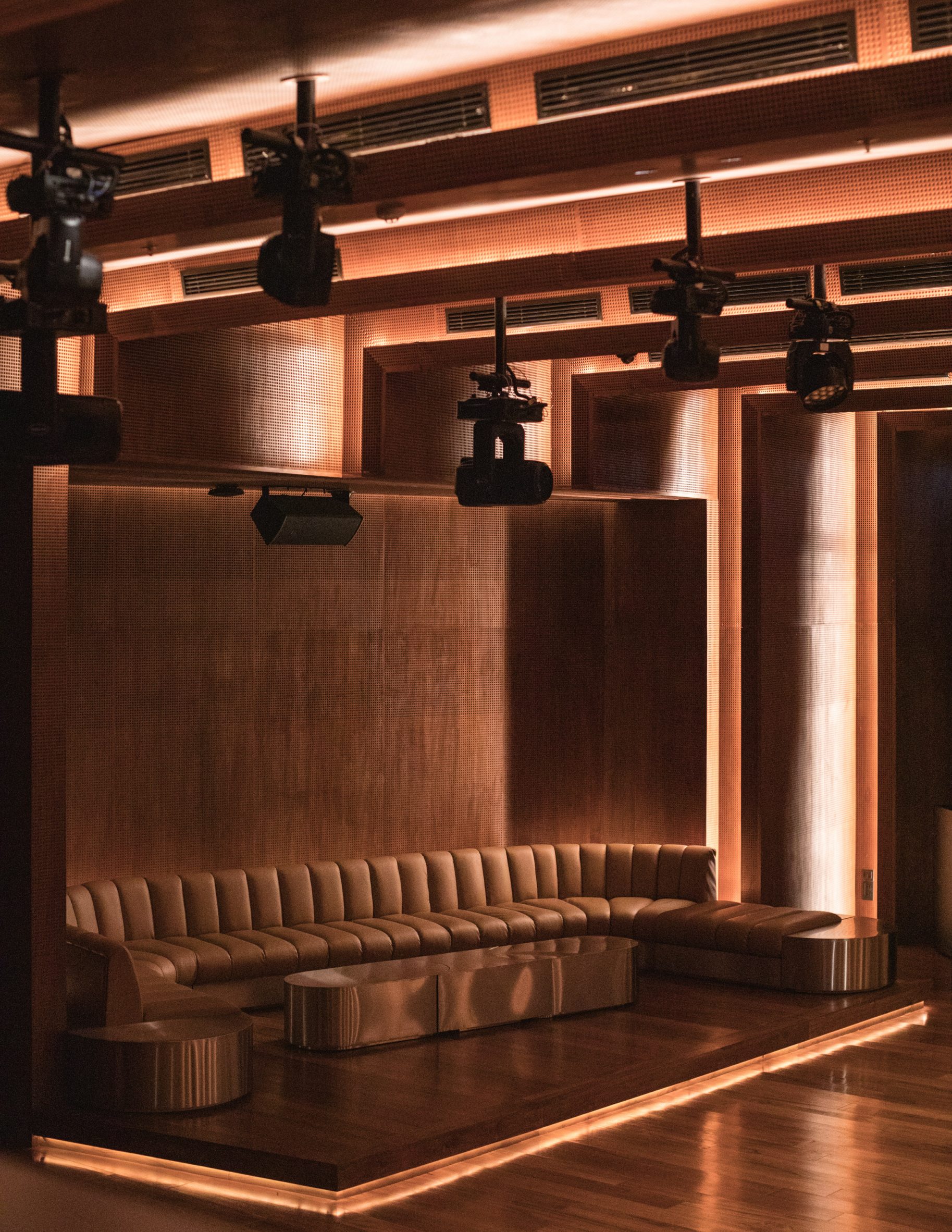
English DJ Harvey Bassett, known as DJ Harvey, also contributed his knowledge gained from four decades of experience working in nightclubs.
He aimed to distil “the most unique and significant elements of the world’s foremost parties and venues — past and present — into what he considers the most rewarding nightclub experience imaginable”, the design team explained.
“At Klymax, the sound comes first,” the team continued. “It just so happens that when constructing a room to present the music in the best possible way, the design is visually appealing.”
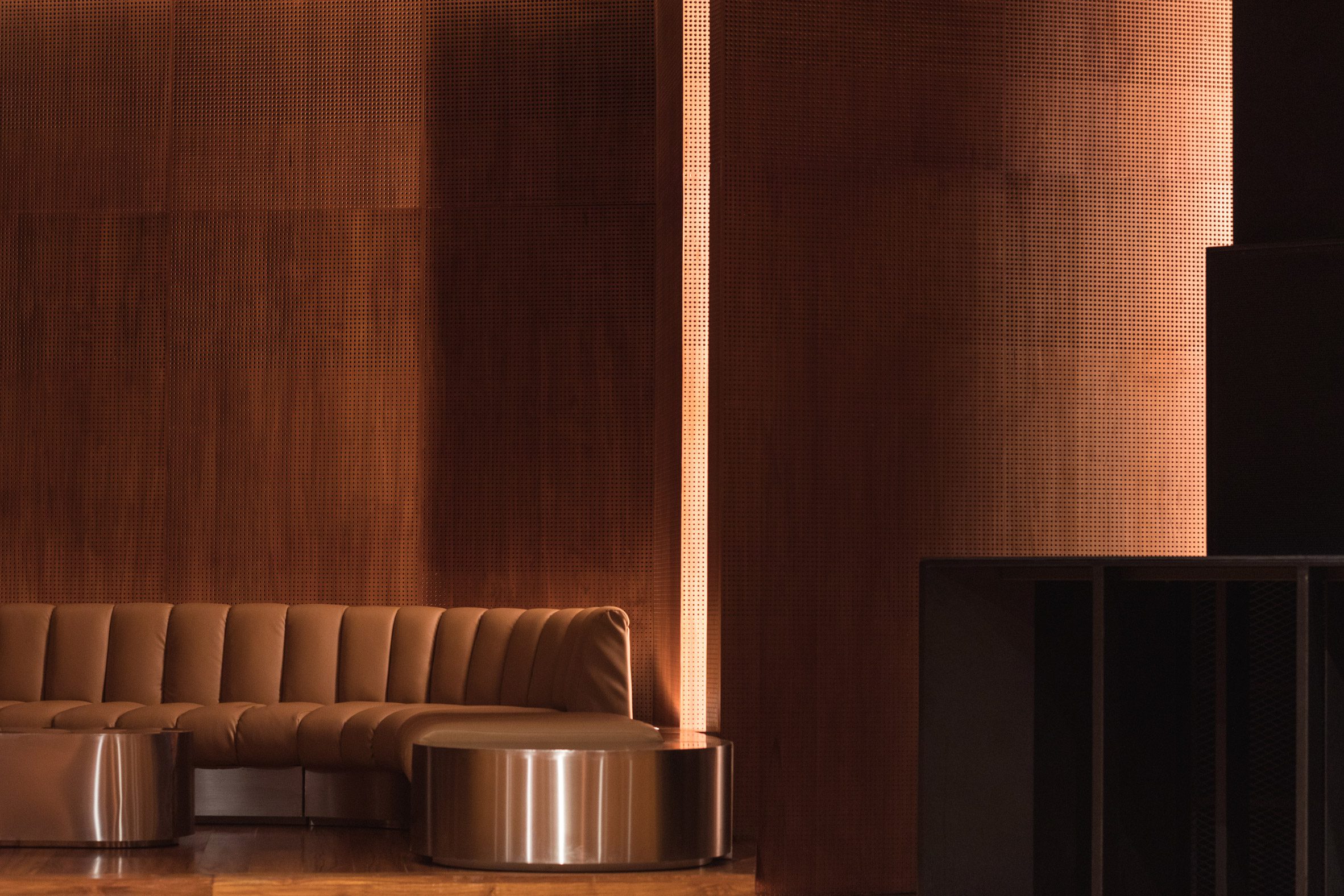
The walls and ceilings of the club are panelled in teak veneer, perforated with over 2.6 million holes that help to “tame errant frequencies” by preventing the sound waves from reflecting and altering the audio.
The panels are fitted on top of equally perforated plywood sheets and a layer of Rockwool insulation, creating a buffer in front of the 20-centimetre-thick concrete exterior walls.
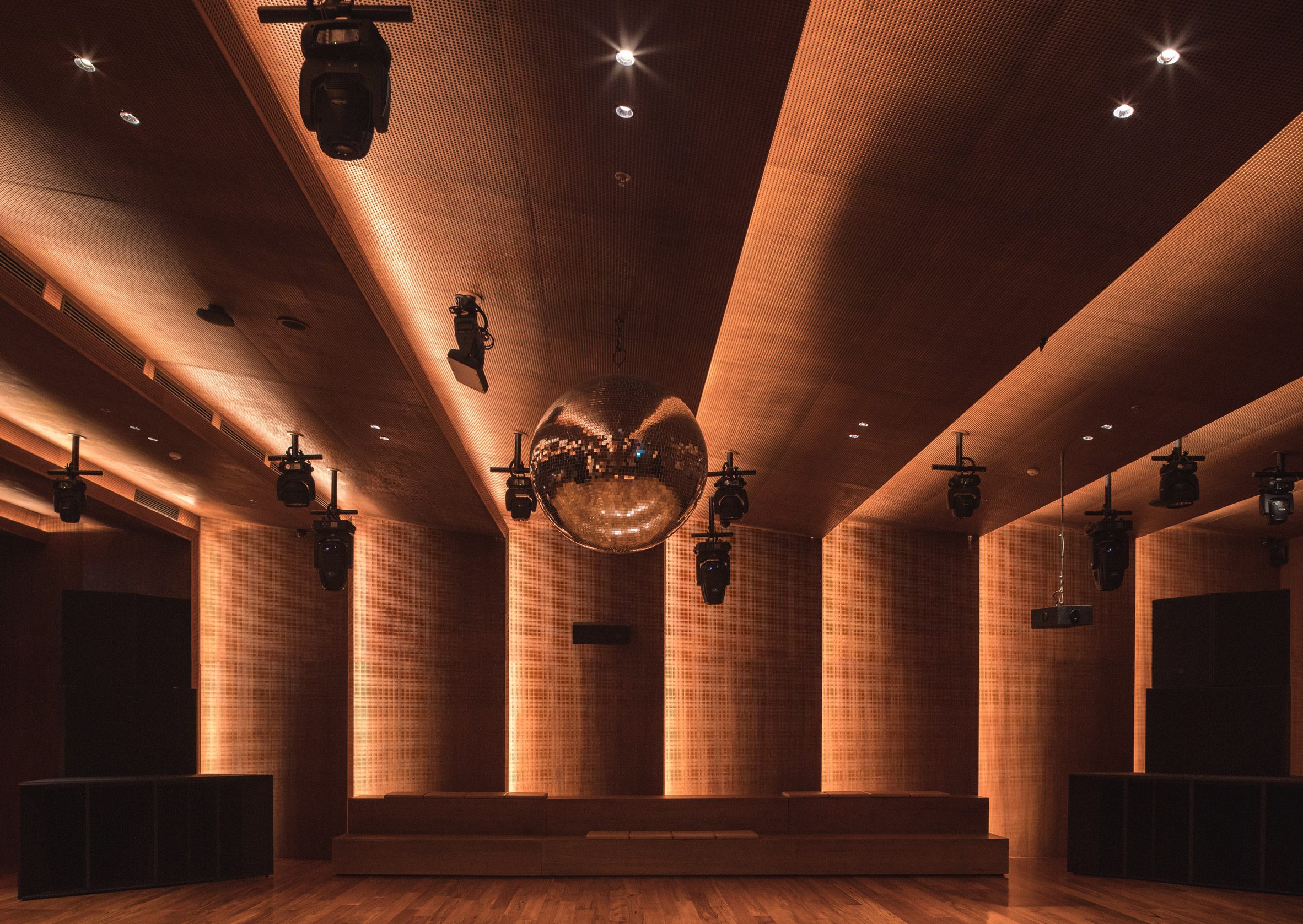
A 208-square-metre sprung dance floor, similar to the one at London’s Ministry of Sound, is designed to reduce fatigue and stress on dancers’ joints.
Also found in ballrooms and basketball courts, the technology comprises four layers of a wooden lattice structure with 50 millimetres of foam between each intersection.
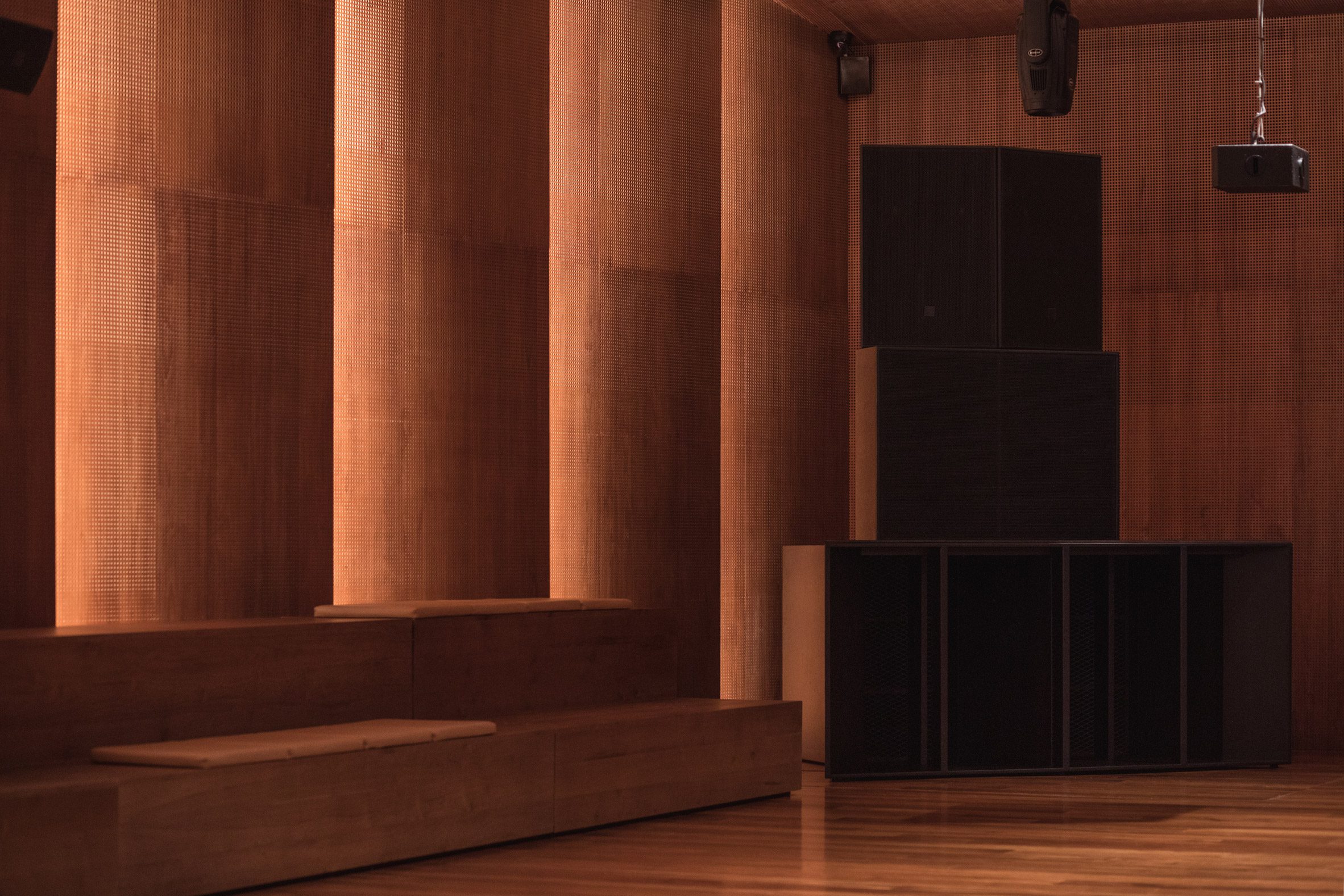
Klymax’s audio engineer George Stavro worked with fellow engineer Richard Long, who was responsible for the sound at legendary Manhattan venues Studio 54 and Paradise Garage.
“It’s a classic disco nightclub system based on a blueprint established in 1970s New York clubs,” the team said.
To absorb vibrations, the speakers sit on 11-centimetre-thick concrete padding that is also engineered to be separated from the sprung floor to avoid rattling.
“Rich, finely poised and immaculately detailed, the system creates a vast sonic sweet spot, presenting the music exactly as it was intended to be heard with every nuance intact – perfectly pitched to optimise the audio experience,” said the team.
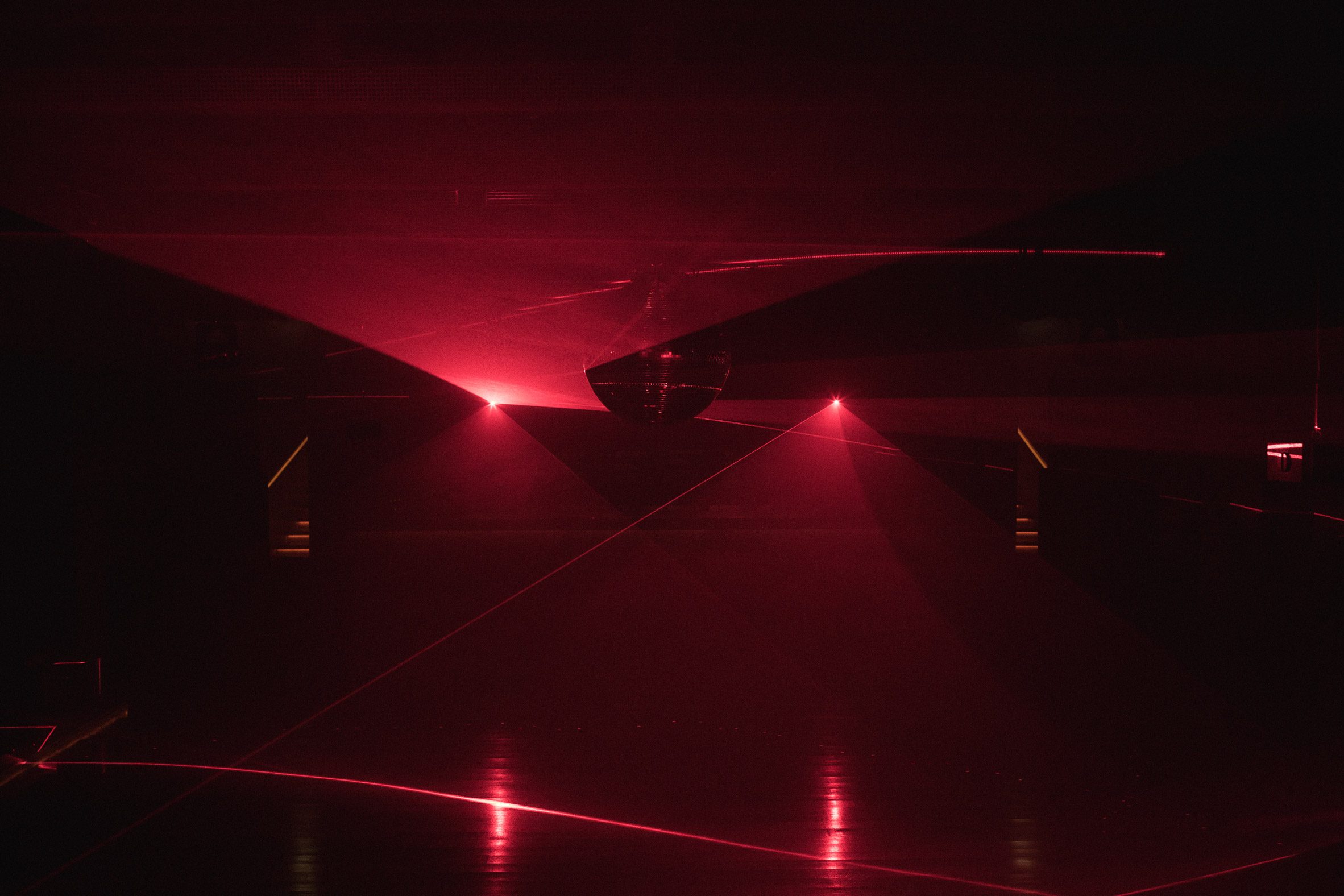
A floating DJ booth is sound-isolated from the dance floor so that the music doesn’t bleed in, while a reflective pond on the Klymax roof also prevents noise from leaking through the roof.
Lighting was devised in collaboration with Tokyo’s Real Rock Design, the same studio behind Japan’s Rainbow Disco Club festival.
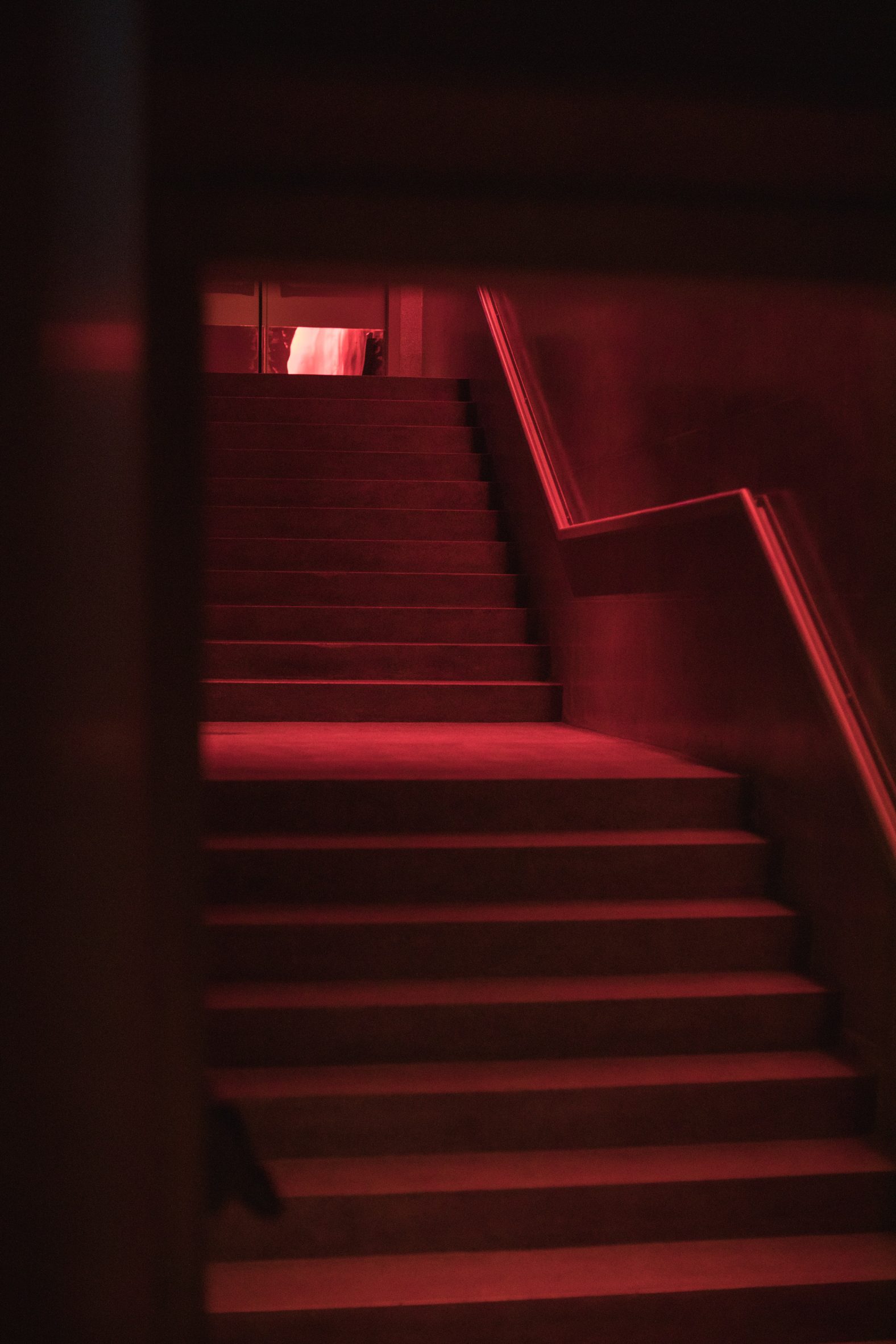
A raised lounge area with leather seating is located on one side of the room, while a disco ball measuring one metre in diameter hangs from the ceiling in the centre.
The club also has a “muted bar”, at which cocktails are served on tap to avoid the noise of shakers and bottles.
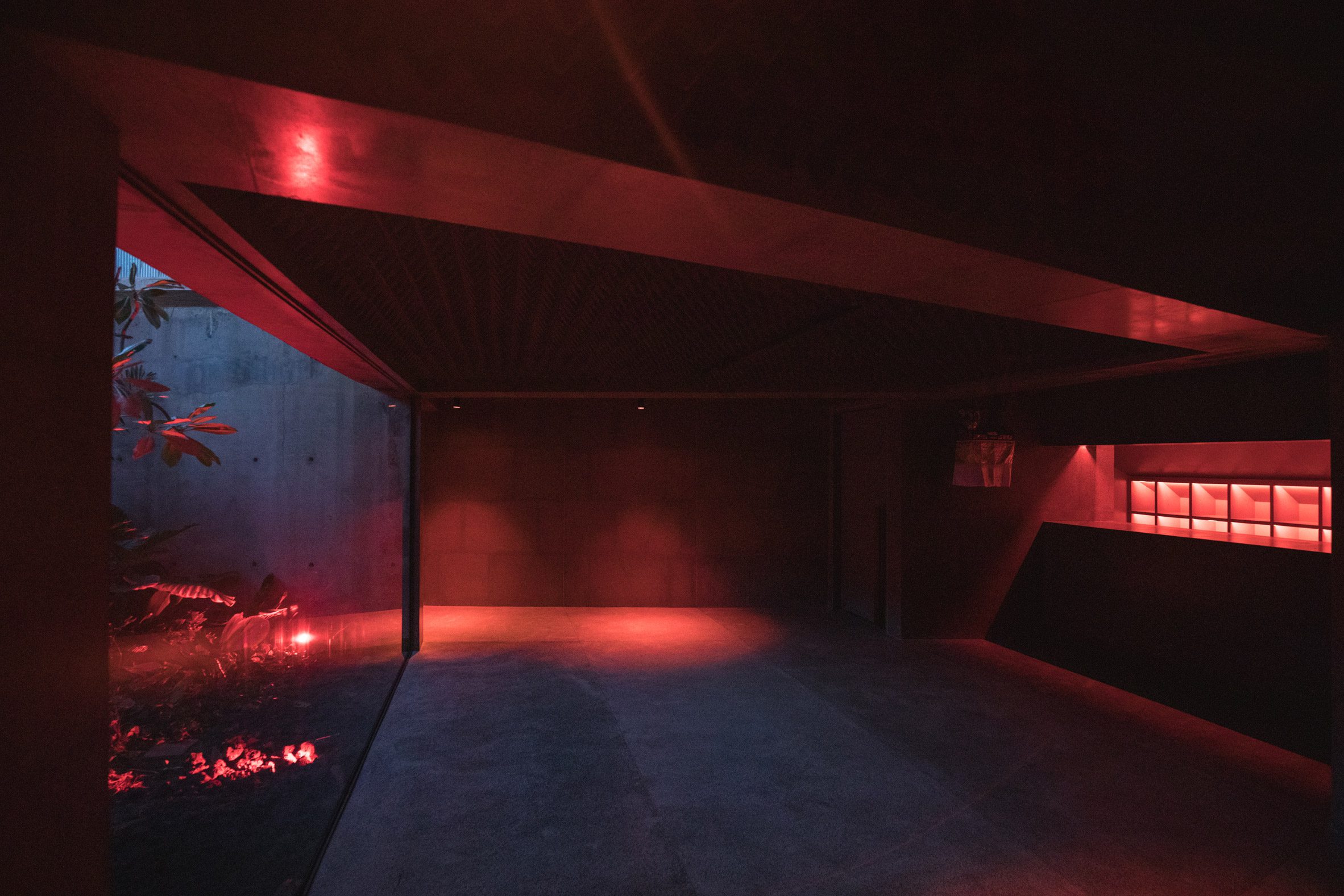
Throughout May 2024, DJ Harvey will partake in a month-long artist residency at Potato Head, which will encompass several all-night sets at Klymax as well as a curated programme of movie screenings, surfing and mindfulness sessions.
A line-up of international residents and DJs including HAAi, Dave Clarke, Sophie McAlister and Jonathan Kusuma is also planned for the nightclub.
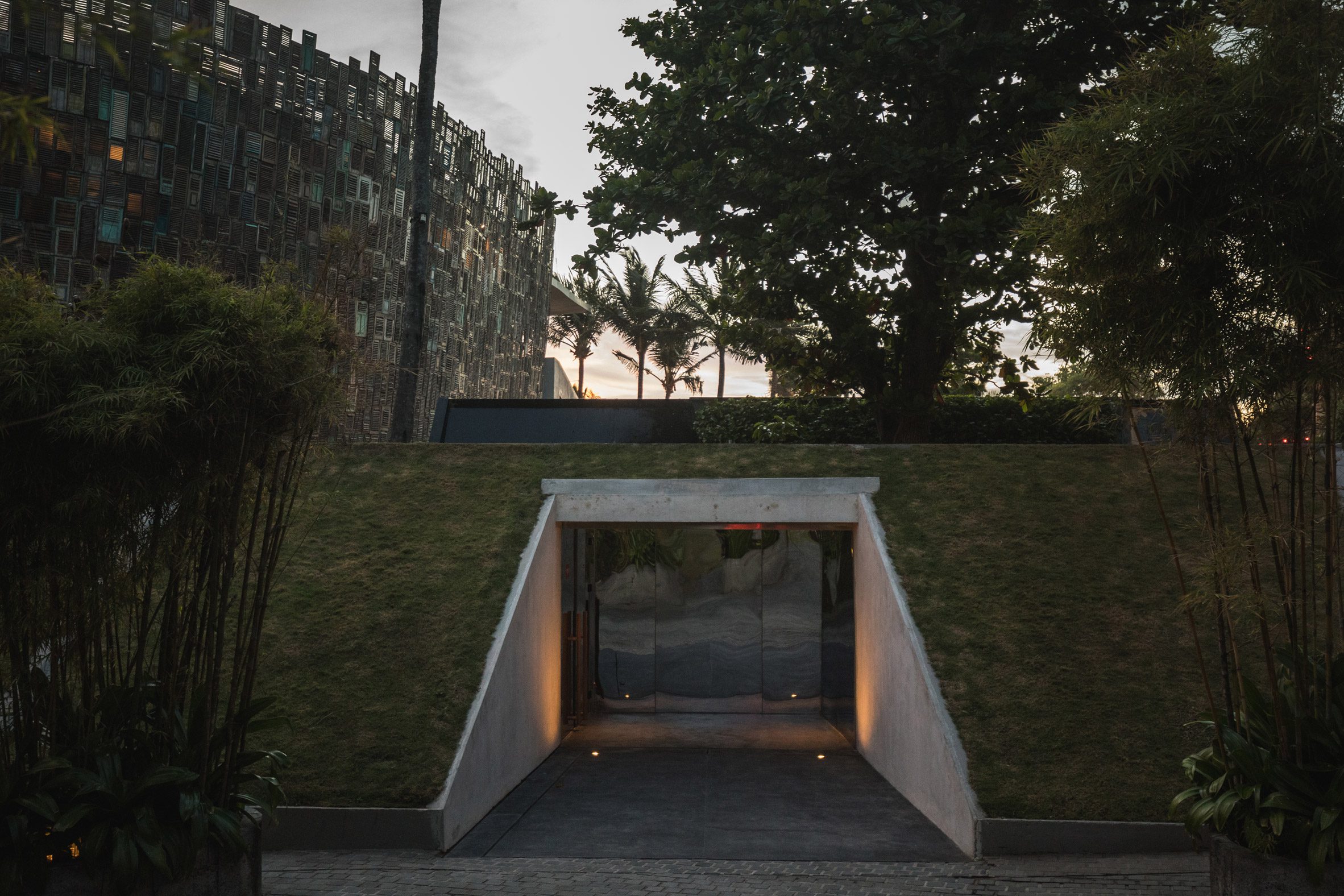
OMA completed the Potato Head Studios resort in 2020 as part of the Desa Potato Head village in Balinese beach town Seminyak.
The firm has previously lent its expertise in nightclub design to a pop-up venue for fashion brand Miu Miu via its research arm AMO. And in 2017, the studio revealed its design for a shapeshifting new venue for Ministry Of Sound, which won a competition in 2015 but was scrapped shortly after.
The photography is by Tommaso Riva.
The post Klymax nightclub by OMA was designed as a "sonic sweet spot" appeared first on Dezeen.
www.dezeen.com










